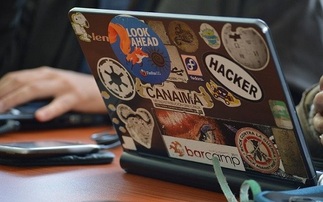Part of the once mighty Rustock empire has reappeared online, despite servers being seized by law enforcement agencies
The Harnig botnet, which downloads and disseminates malware to computers over the internet, has reappeared after a six-month absence. In March Microsoft, working with law enforcement agencies in...
To continue reading this article...
Join Computing
- Unlimited access to real-time news, analysis and opinion from the technology industry
- Receive important and breaking news in our daily newsletter
- Be the first to hear about our events and awards programmes
- Join live member only interviews with IT leaders at the ‘IT Lounge’; your chance to ask your burning tech questions and have them answered
- Access to the Computing Delta hub providing market intelligence and research
- Receive our members-only newsletter with exclusive opinion pieces from senior IT Leaders






















